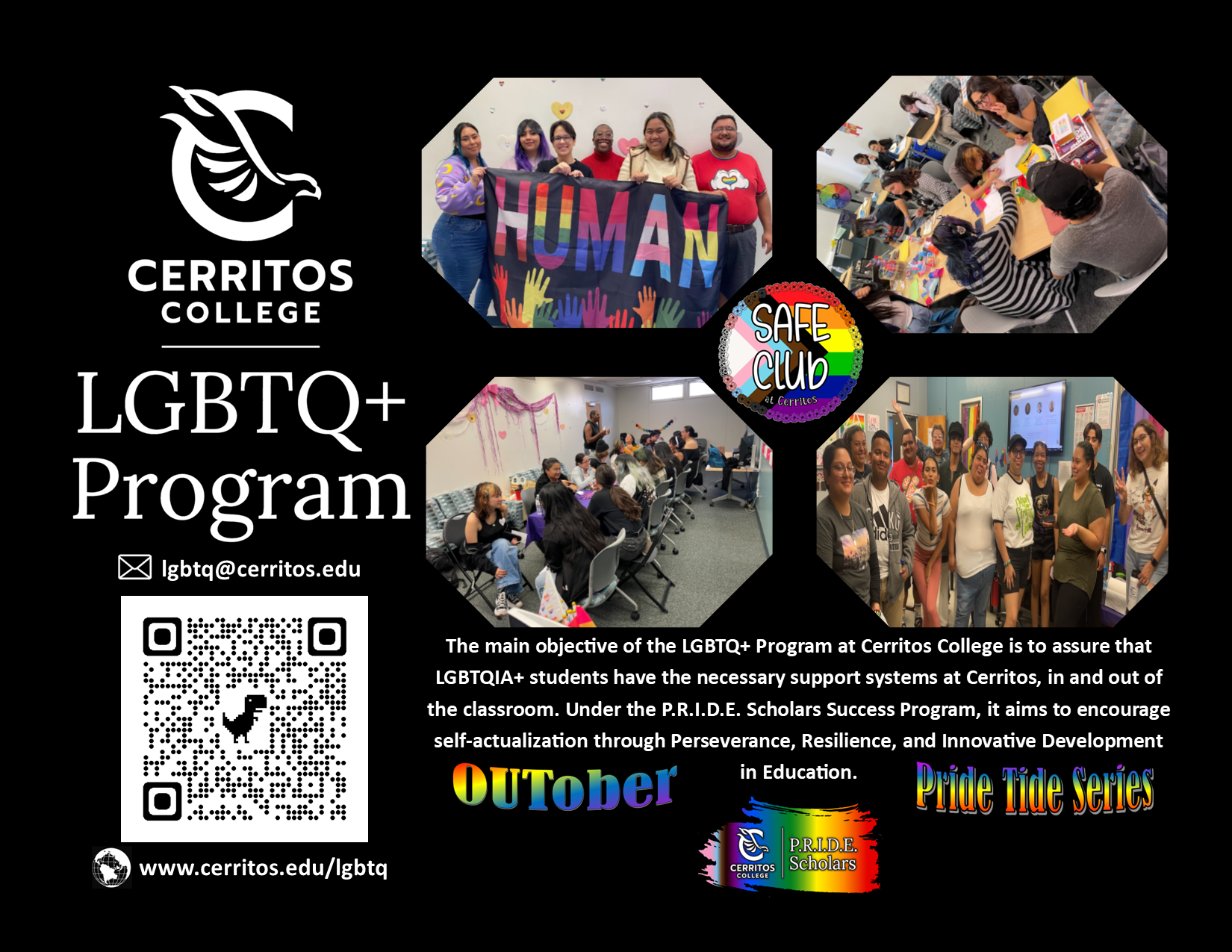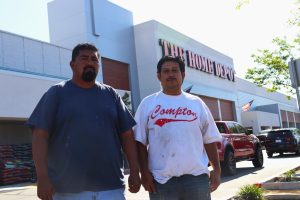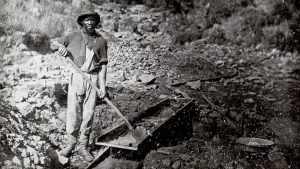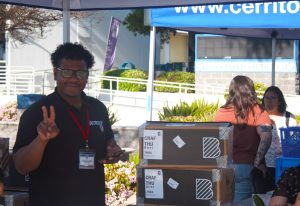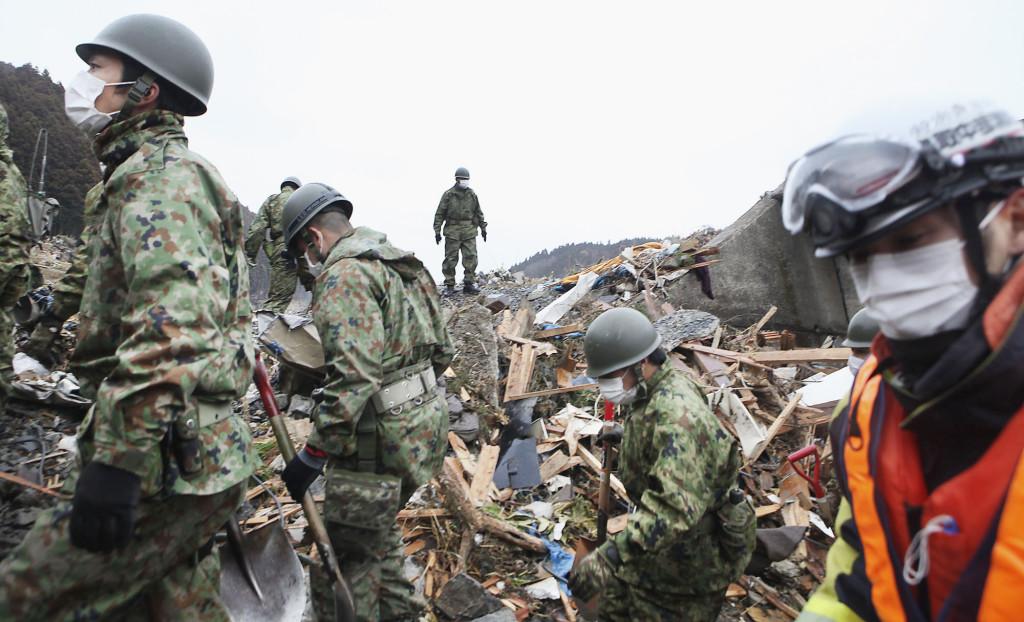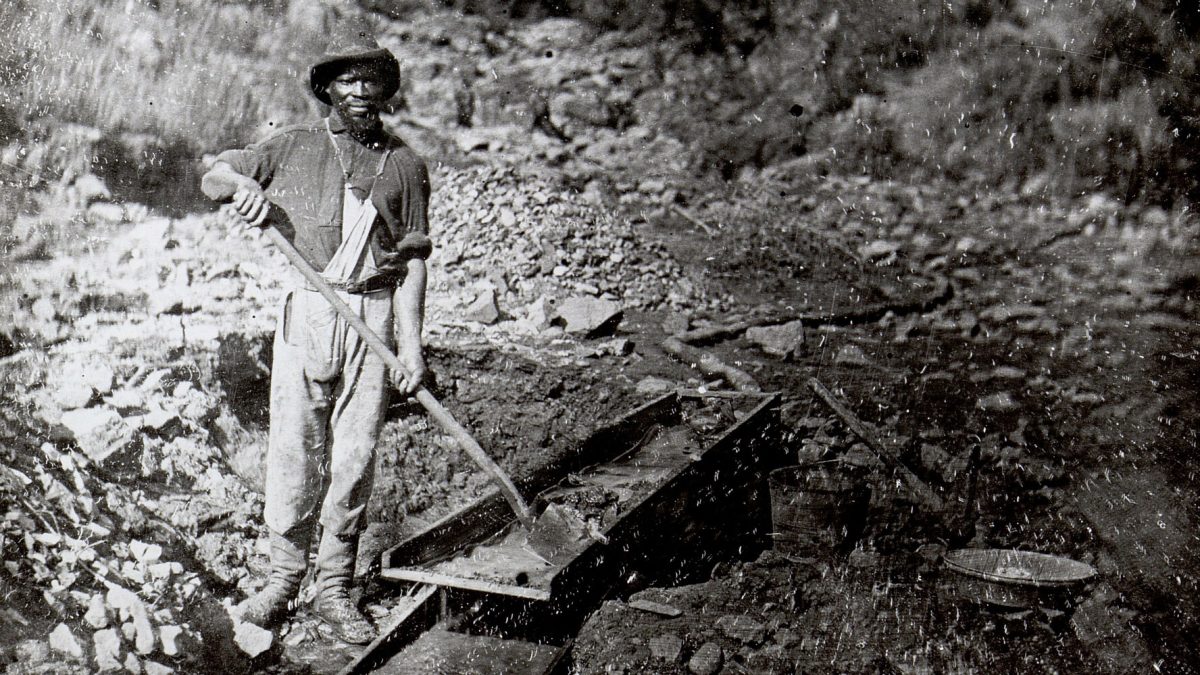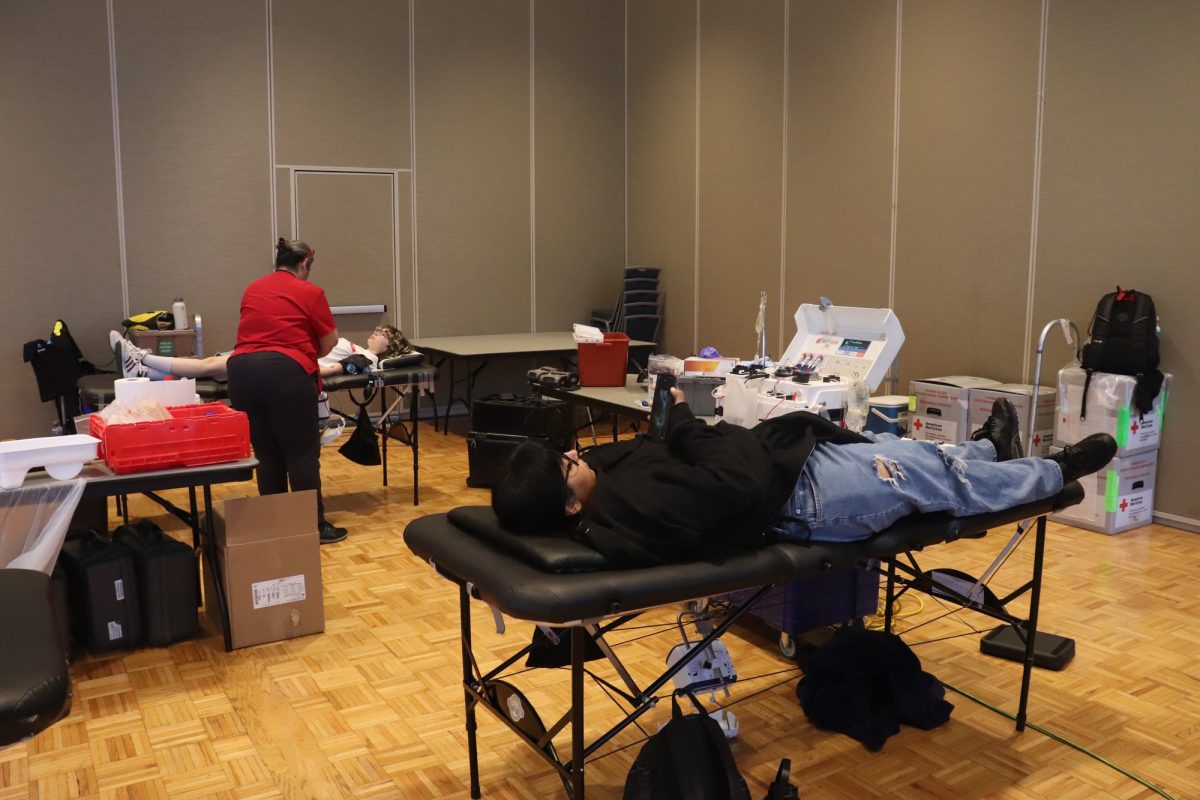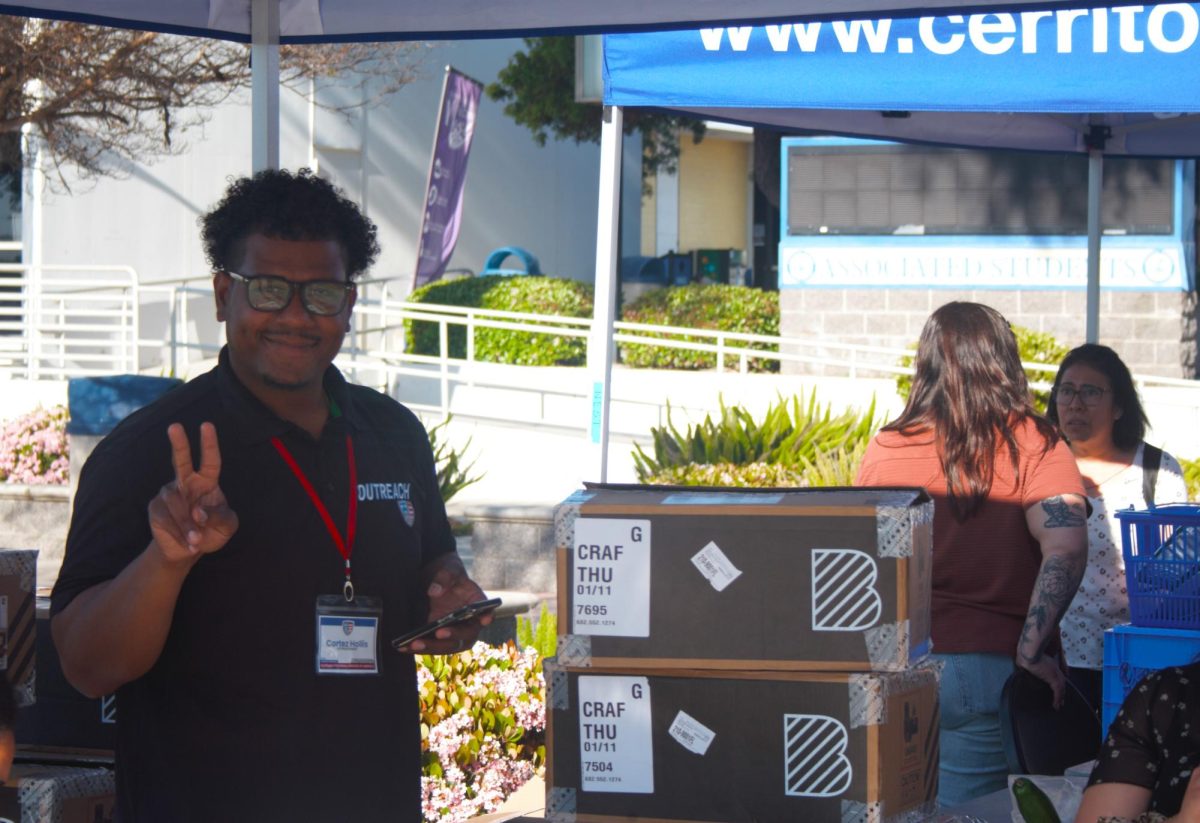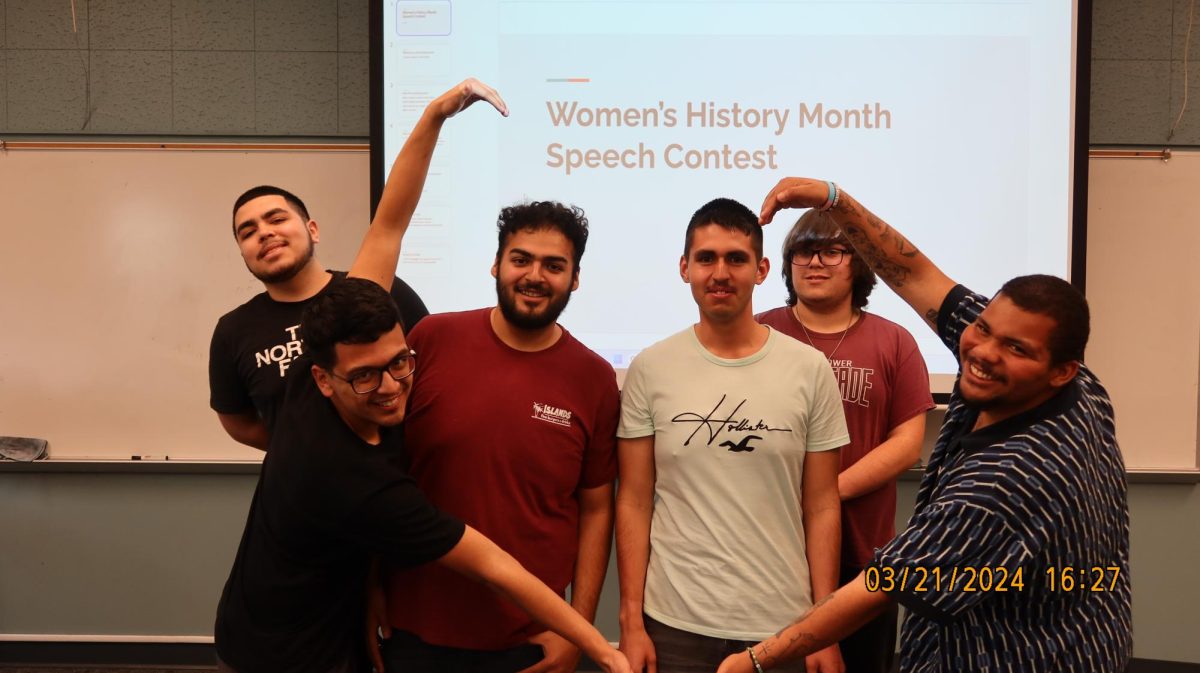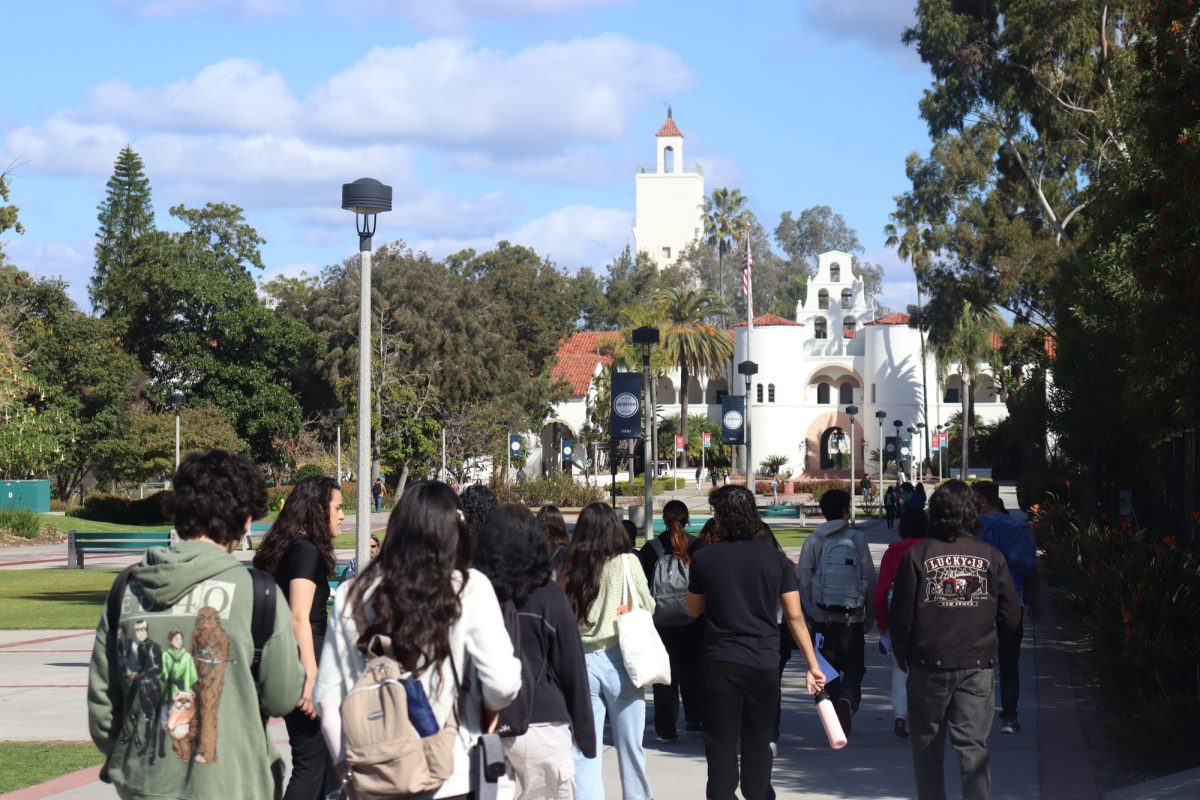Dana Ramos felt somewhat relieved when she received a phone call, Friday night, from her aunt in Japan but also a sense of devastation sunk in as she learned the hardships her family has and is still enduring.
The Cerritos College psychology major, recalled the night the earthquake hit saying, “I came home and everyone was watching the news, and I asked, ‘What’s going on?’ and they said, ‘There is this terrible earthquake and everything is flooded!”
When Ramos’ aunt called she told them all how the clinic they owned was lost in the tsunami.
Japan experienced a 9.0 magnitude earthquake with the epicenter being located in the Pacific Ocean, about 80 miles east of Honshu, the largest of Japan’s islands.
The direct result of the earthquake was a tsunami.
Hundreds of aftershocks greater than 5.0 are still occurring, and there is concern that if a 7.0 were to strike, it would set off another tsunami.
Even though California is no stranger to earthquakes, Southern California residents don’t have to worry about the “Big One,” a 9.0 magnitude quake, causing a tsunami to crash down on the coast.
Geology Professor Tor Lacy says that Japan has a flatter topography along its coast than California does, allowing for a tsunami to do more damage.
“Southern California’s San Andreas Fault is not the right type of fault to make a tsunami; it’s a strike-slip fault not a dip-slip fault that caused the tsunami in Japan. That was caused by what we call thrust faults and we don’t have that situation off the coast here.”
The San Andreas Fault is a strike-slip fault; when the fault moves the fault block slides past each other and a thrust fault, a typed of dip-slip fault, is where one side of the fault block moves up and the other side moves down.
Lacy said that there is a 97 percent chance that sometime in the next 30 years Southern California can expect an earthquake of the magnitude of 7.5 to 8.0.
But he said, “It [the ‘Big One’] can hit any day, it literally can happen tomorrow.”
The epicenter was 110 miles east-northeast of Fukushima, Japan, where three nuclear reactors have experienced explosions and fires, leading to an evacuation of the Fukushima area for up to 20 kilometers away from the plant because of radiation.
Ramos’ family later discovered that her cousin Ayano was somewhere between the Fukushima prefecture and Tokyo.
“They were all really worried that she could be in danger, so they were trying to get her out of there but all the roads are damaged, there’s no way for her to get out of there.
“I was just really sad to hear about that, because she’s my cousin. I’m a little nervous, just hoping she’s going to be okay,” Ramos explained.
It was reported Tuesday morning that the Tokyo Metropolitan Government said that radiation levels in Tokyo are 20 times what they are normally.
There are only two operating plants in SoCal one being the Diablo Canyon Nuclear Power Plant in San Luis Obispo County and another being in San Onofre.
Meanwhile, after a warning was issued by the National Oceanic and Atmospheric Administration (NOAA) concerning the tsunami reaching the west coast California’s nuclear generating station in San Onofre continued operations in light of Japan’s disaster.
According to the Los Angeles Times, the nuclear-generating station in San Onofre can only withstand a magnitude seven earthquake because when the plant was built over 40 years ago scientists prepared it for an expected 6.5 magnitude quake.
And the Diablo Canyon Nuclear Power Plant is relatively close to four different fault lines, and estimates have determined that the plant can handle an earthquake with a magnitude of seven.
California’s economy would be stunted by an equivalent of the Fukushima disaster, and the loss of both nuclear plants would not only cost the state $21 billion lost in constructing them, but also nearly 16 percent of its energy will disappear overnight. Not to mention the billion of dollars that would be lost due to all the damages an earthquake would cause if it were to hit California.
Several clubs on campus are planning to fund raise to send aid to Japan.
President of the International Student Association (ISA) Joseph Silva talks about how the ISA is planning on hosting an event to benefit the people in Japan.
“It’s a really tragic event that happened. But it’s another opportunity, even though many countries are having disputes, to show that we can come together to help as a country.”
The ISA is asking people to attend their fundraiser on March 24 at Jeepney Asian Grill from 6 p.m. to 10 p.m., pre-sale tickets are $10 and at the door $12. All proceeds will go to the earthquake victims in Japan. They are also asking people to donate blankets, toiletries and canned goods.
Director of student activities, Holly Bogdanovich, said that the Association Students of Cerritos College is accepting donations to aid the victims in Japan until Thursday March 31.
For those interested in donating, go to the ASCC office by the bookstore and ask Bogdanovich on how to contribute.
All the funds that are collected from ASCC are going to the Red Cross.
Ramos’ aunt also said that the American Red Cross had arrived to help.
“She said ‘oh all there is [are] crackers, that’s all they’re bringing,’ but it’s better than nothing.”
President of the Anime Club German Sanchez talked about his club’s connection to the events unfolding in Japan.
“Our club is basically related to anime, which is a Japanese cartoon.
“Something to help out would be for the best; it’s always good to help out,” Sanchez said.
He hopes that within the next week all the clubs could get together to help out, possibly consulting the Red Cross to get water and food to people in Japan.
Samantha Shepherd, president of the Active Minds Club, talked about raising funds for relief in Japan.
“It’s really important for us, I think, to not only just look at ourselves but how we interact with the community and the world itself. I have a friend who just recently went over there, and he was telling me that it’s really bad.
“It’s more of a personal story, which is kind of my motivation to really get that out there, the money to the people in Japan,” Shepherd said.
She elaborated on her apprehension for one of her closest friend’s safety, Arrio Hoffman, a former Cerritos student who had just arrived in Japan two weeks ago for a mission trip with the Church of Latter-Day Saints.
Shepherd said that when she first heard about the earthquake she was leaving Cerritos College’s performance of “The Last Days of Judas Iscariot.”
“I wanted to cry. I was hysterical; I was calling people asking ‘have you gotten in touch with him?’
“If he would have left a little bit later, maybe he wouldn’t have had to go through that, but it seemed like horrible timing. Luckily, someone had gotten into contact with him,” Shepherd said.

